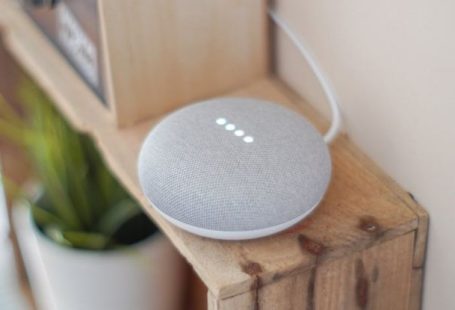In the fast-paced world of technology, micro PCs have become increasingly popular due to their compact size and portability. These tiny devices pack a powerful punch, making them ideal for a variety of tasks ranging from basic web browsing to more complex computing needs. However, like any other computer setup, micro PCs are not immune to performance issues. One common problem that users may encounter is the presence of bottlenecks, which can hinder the overall speed and efficiency of the system. In this article, we will explore how to identify and address bottlenecks in your micro PC setup to ensure optimal performance.
Identifying Bottlenecks
Before you can address any performance issues in your micro PC setup, it is essential to identify where the bottlenecks are occurring. Bottlenecks can manifest in various parts of the system, such as the CPU, RAM, storage drive, or even the network connection. To pinpoint the bottleneck, you can use performance monitoring tools that provide real-time data on the usage of different components. Look for spikes in CPU usage, high memory utilization, or long disk read/write times, as these are common indicators of bottlenecks.
Another way to identify bottlenecks is to observe the overall system performance during different tasks. If you notice a significant slowdown when running specific applications or performing certain actions, it is likely that a bottleneck is present in that area. By analyzing these patterns, you can narrow down the source of the bottleneck and take targeted steps to address it.
Addressing CPU Bottlenecks
One of the most common bottlenecks in a micro PC setup is the central processing unit (CPU). If your CPU is struggling to keep up with the demands of your tasks, you may experience lagging performance and delays in processing data. To address CPU bottlenecks, consider upgrading to a more powerful processor that can handle multitasking and intensive applications more efficiently. Additionally, optimizing your software settings and closing unnecessary background processes can help alleviate the strain on the CPU and improve overall performance.
Optimizing RAM Usage
Insufficient random access memory (RAM) can also lead to bottlenecks in your micro PC setup. When the system runs out of available RAM, it may resort to using virtual memory on the storage drive, which is significantly slower and can impact performance. To address RAM bottlenecks, consider upgrading to a higher capacity RAM module or adding more RAM sticks to expand the total memory available to the system. This can improve multitasking capabilities and overall responsiveness, especially when running memory-intensive applications.
Boosting Storage Performance
Slow read and write speeds on the storage drive can be a bottleneck in your micro PC setup, causing delays in loading programs and accessing data. If you are using a traditional hard disk drive (HDD), consider upgrading to a solid-state drive (SSD) for faster performance. SSDs offer significantly faster read and write speeds, reducing load times and improving overall system responsiveness. Additionally, organizing and decluttering your storage drive can help optimize performance by ensuring that data is stored efficiently and accessed quickly.
Enhancing Network Connectivity
If your micro PC relies on network connectivity for tasks such as online gaming or streaming, a bottleneck in the network connection can lead to lagging performance and buffering issues. To address network bottlenecks, ensure that your router and network hardware are up to date and functioning properly. Consider upgrading to a higher-speed internet plan or using a wired Ethernet connection for faster and more reliable network performance. Additionally, optimizing network settings and reducing network congestion can help improve overall connectivity and reduce bottlenecks.
Conclusion: Ensuring Optimal Performance
In conclusion, identifying and addressing bottlenecks in your micro PC setup is essential for ensuring optimal performance and efficiency. By pinpointing the source of the bottleneck and taking targeted steps to address it, you can enhance the speed and responsiveness of your system. Whether upgrading hardware components, optimizing software settings, or improving network connectivity, proactive measures can help eliminate bottlenecks and unlock the full potential of your micro PC. Keep a close eye on system performance metrics and be proactive in addressing any bottlenecks that may arise to enjoy a seamless computing experience.





